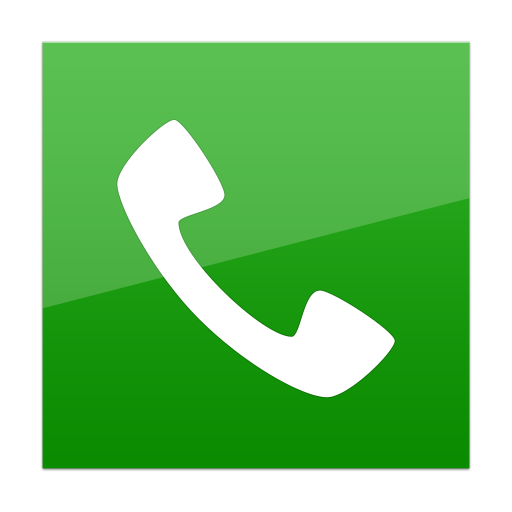Needlestick injuries can be defined as being the accidental piercing of the skin by a needle. It is most commonly associated with hospitals and other medical establishments and therefore healthcare professionals are identified as being one of the most at-risk groups, cleaners being another.
Though figures suggest the chances of contracting a disease such as hepatitis B, hepatitis C or HIV as a result of a needlestick injury are relatively small, that risk is still there and action taken in the immediate aftermath of the accident can go a long way to reducing that risk even further.
Immediate action
Once the injury occurs, taking care of the wound is the most important factor. Letting it bleed, under running water is the best form of action to take, taking care not to scrub the affected area or trying to suck the blood out. Once it has stopped bleeding, clean thoroughly with water or a saline solution.
Once this is done attend the nearest accident and emergency department. This may seem dramatic for a small, seemingly insignificant wound, however, because of the instrument that caused it, namely a needle or syringe, it has added significance and may need to be treated straight away.
Notify your manager about what has occurred, assuming it has happened at work, and fill in the work accident book. However, all work matters can be delayed until you have gone to hospital; that must be the priority.
Whilst at hospital
Much depends on what type of wound it is, how deep it is, what sort of needle it was, was there any blood on it and had it previously been in contact with somebody else’s bodily fluids?
The hospital will also want to know about your medical condition, are you on any medication, have you been exposed to HIV before and several other questions.
There will also be contact between the person suffering the injury and the relevant occupational health service where they will be given advice as to medication that may be required and the possibility of them having access to psychological support.
It is likely, where there has been a needlestick injury, that post exposure prophylaxis (PEP) treatment is given. This is especially common in those instances where there is a substantial risk of exposure to HIV and will ideally begin very soon after the injury occurs, within 72 hours at the most. However, there are side-effects to this treatment, notably headaches and diarrhoea.
The risk
The major risk when injuries of this type occur is from blood-borne viruses of which hepatitis B, hepatitis C and HIV are the best known. Though the risk of infection is low, workers should still exercise caution to reduce the risk further still.
So, always wear protective gloves and try to avoid putting your hands in places you cannot see, such as down a drain. Always covers cuts with waterproof plasters and never touch a discarded needle with your bare hands. You should also ensure that there is a procedure for safe disposal of needles; once used they should go straight into the sharps bin, a special container for waste that includes sharp objects such as needles and syringes.

 0113 268 8898
0113 268 8898